Cats have long been intertwined with human civilization, none more so than in ancient Egypt, where they were not only beloved pets but also sacred animals. The Egyptians revered cats for their grace and hunting prowess, associating them with the goddess Bastet. This divine connection fostered a wealth of artistic expression, from sculptures and amulets to intricate tomb paintings, where cats were often depicted sitting regally or engaging in playful hunts.
Cats in Medieval Manuscripts

Moving forward in time, cats found their place within the delicate pages of medieval manuscripts. Monasteries across Europe housed both monks and their cats, which were valued as much for their companionship as for rodent control. Their presence is charmingly preserved in illuminated manuscripts, where one can find cats whimsically sketched into margins, often chasing mice or playing with objects, adding both a light-hearted and practical element to these historical texts.
Renaissance Art and Feline Symbolism
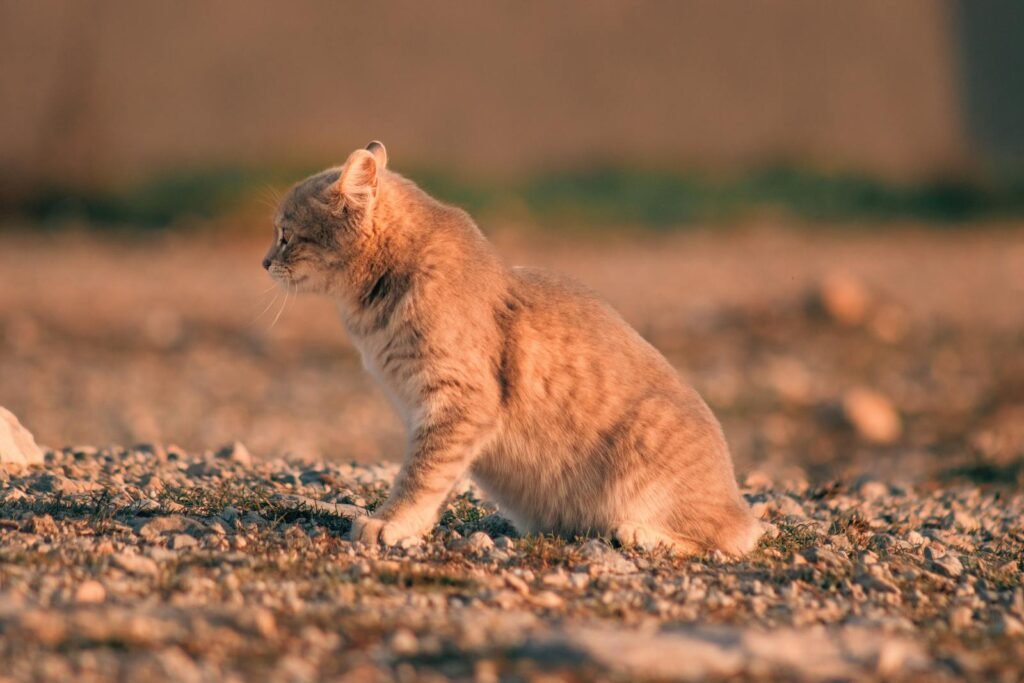
The Renaissance era saw a burst of interest in naturalism and the study of anatomy, prompting artists to capture the detailed elegance of cats. Often symbols of independence and mystery, cats appeared in family portraits, portraying domesticity. Artists like Leonardo da Vinci drew inspiration from their form and movement, while also embedding them in narrative artworks to suggest themes of treachery or curiosity.
Cats as Dutch Golden Age Companions
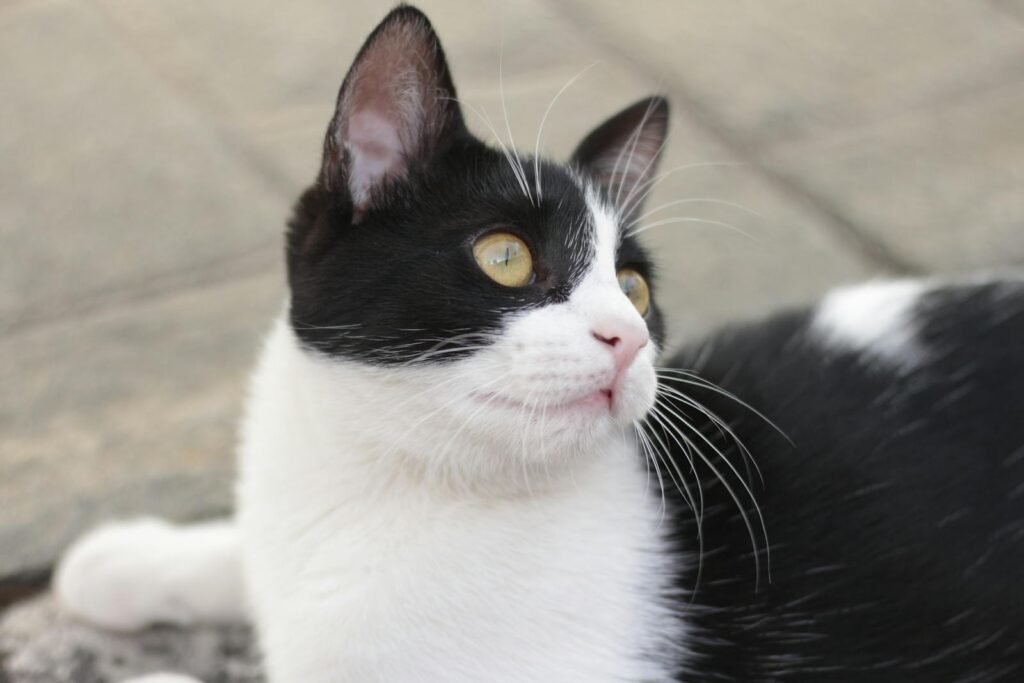
In 17th-century Dutch art, genre scenes were all the rage, showcasing everyday life with a keen eye for detail. Cats often appeared as endearing household animals that enhanced the cozy domestic scenes painted by artists like Jan Steen and Pieter de Hooch. These works didn’t just capture the essence of home life but subtly highlighted the varying roles cats played in society—from cherished pets to markers of domestic comfort.
Maneki-neko and Japanese Art
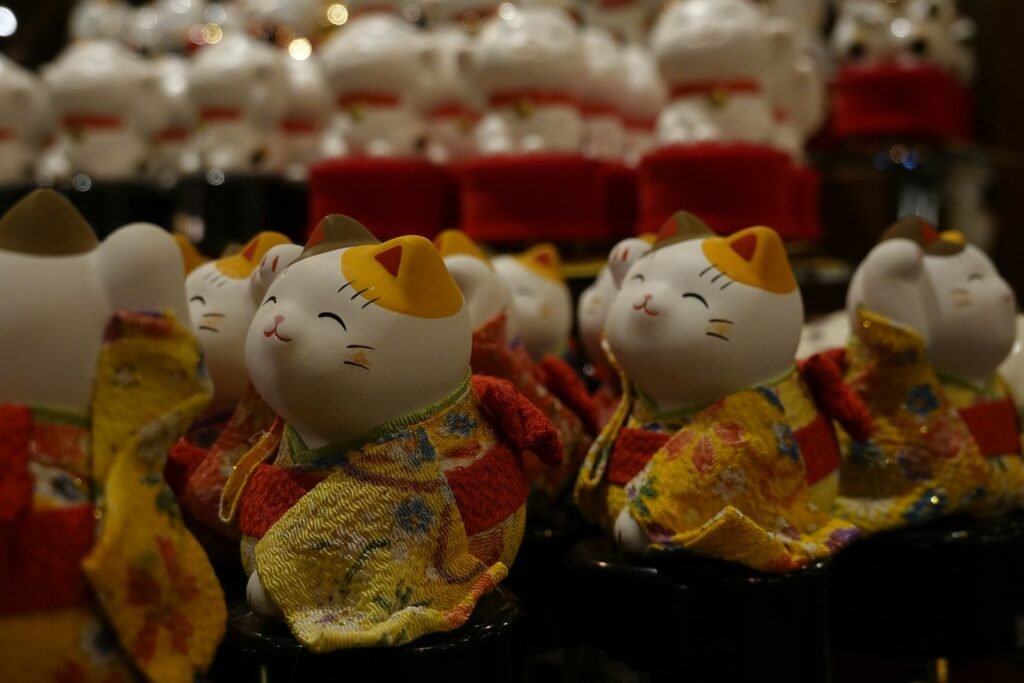
In Japan, the Maneki-neko, or beckoning cat, has been a cultural staple, often depicted in artworks to symbolize luck and prosperity. Originating in the Edo period, this figure has inspired countless artists within ukiyo-e woodblock prints and ceramics. The unique depiction of cats in Japanese art underscores their significance not only as companions but also as auspicious figures bridging cultural and economic beliefs.
Post-Impressionism and the Allure of Cats
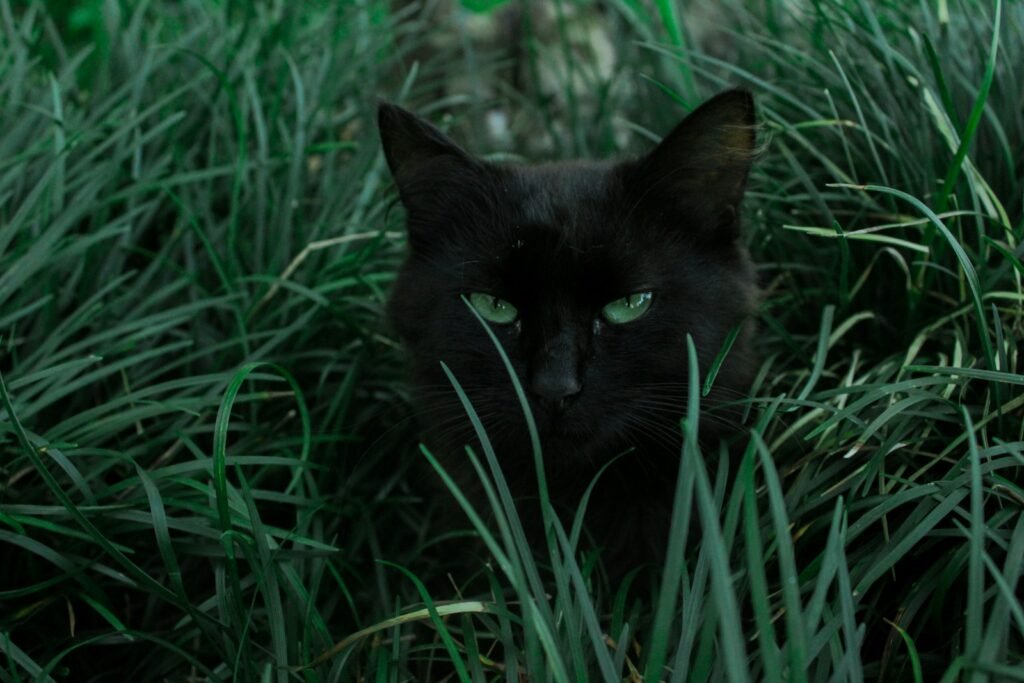
In the late 19th and early 20th centuries, the Post-Impressionist movement saw artists drawing on their emotional and expressive qualities, often choosing cats as subjects. Pierre Bonnard, known for his vibrant uses of color, frequently painted his cats in relaxed domestic settings, highlighting their serene and absorbing presence. This period celebrated a more intimate, organic interaction with the feline form.
Cats in Surrealism: Beyond Reality
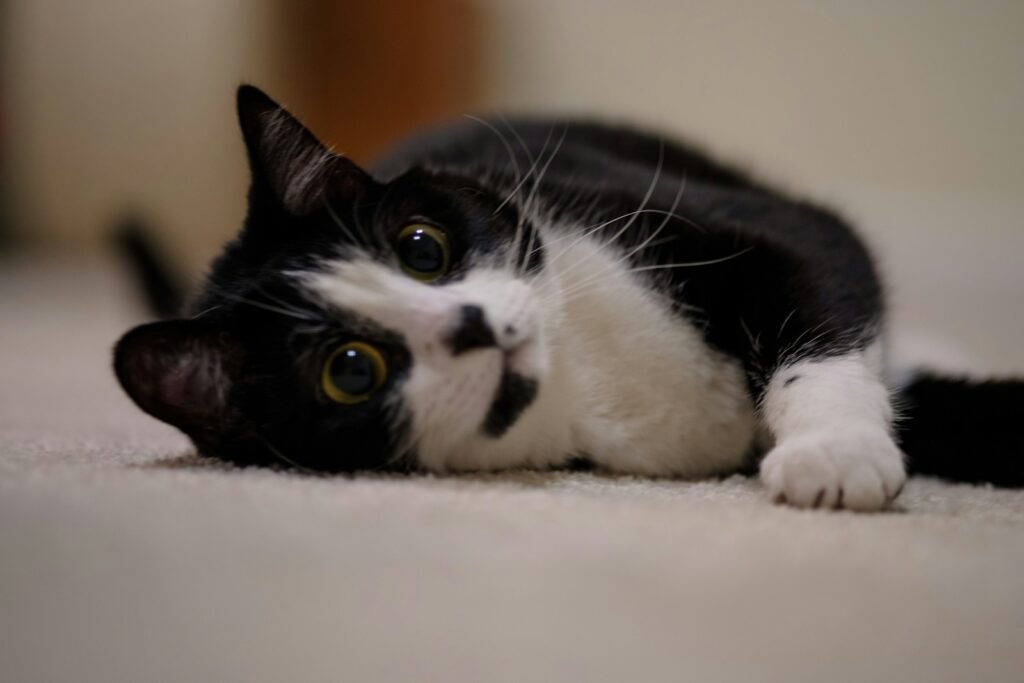
The advent of Surrealism opened up new doors for artistic interpretation, and many artists found inspiration in the enigmatic nature of cats. Salvador Dalí, for instance, used cats in his works to inject elements of surprise and subversion. The surrealist fascination with the unconscious mind and dream imagery found a fitting companion in the mysterious and often unpredictable behavior of cats.
Domestic Cats in Contemporary Photography
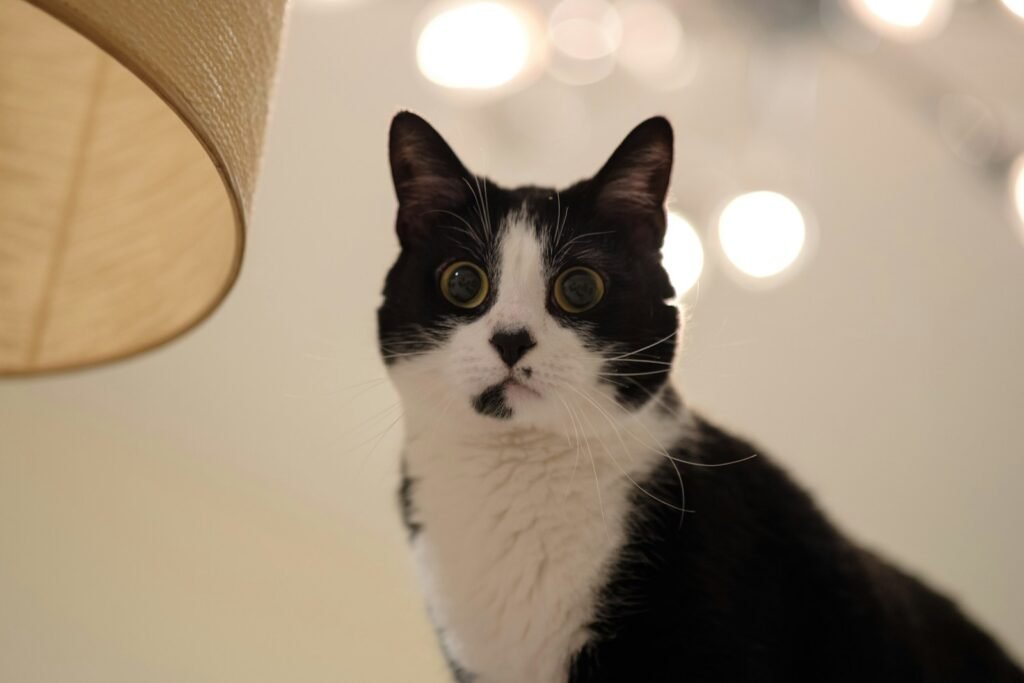
In more recent times, the ubiquity of cameras and social media has continued the legacy of cats as artistic muses. Photographers like Walter Chandoha captured the sheer magnetism and varying personalities of cats, pioneering feline photography as an art form. His work has inspired countless photographers to explore the dynamic between cats and their human companions, turning everyday interactions into celebrated artistic subjects.
The Role of Cats in Art Therapy
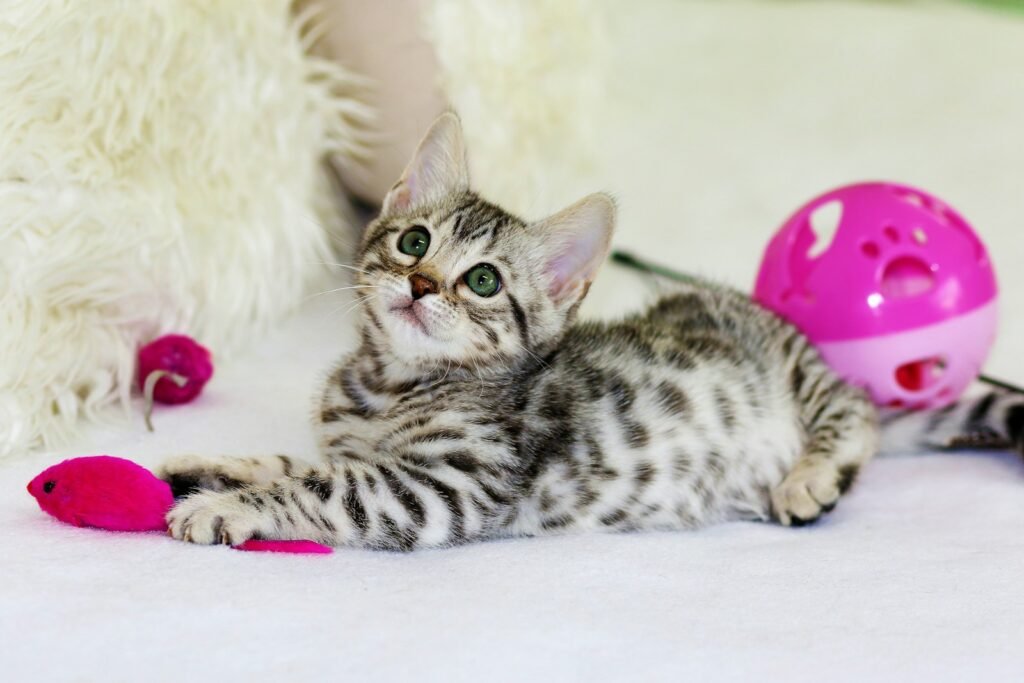
Beyond traditional art, cats have found a role in art therapy, where their calming presence can aid in the creative process. Therapeutic settings increasingly incorporate imagery of cats into art exercises, helping individuals explore emotions and reduce stress. The gentle nature and often-comforting demeanor of cats serve as a catalyst for emotional exploration and healing within the art therapy paradigm.
Cats in Digital Art and Pop Culture
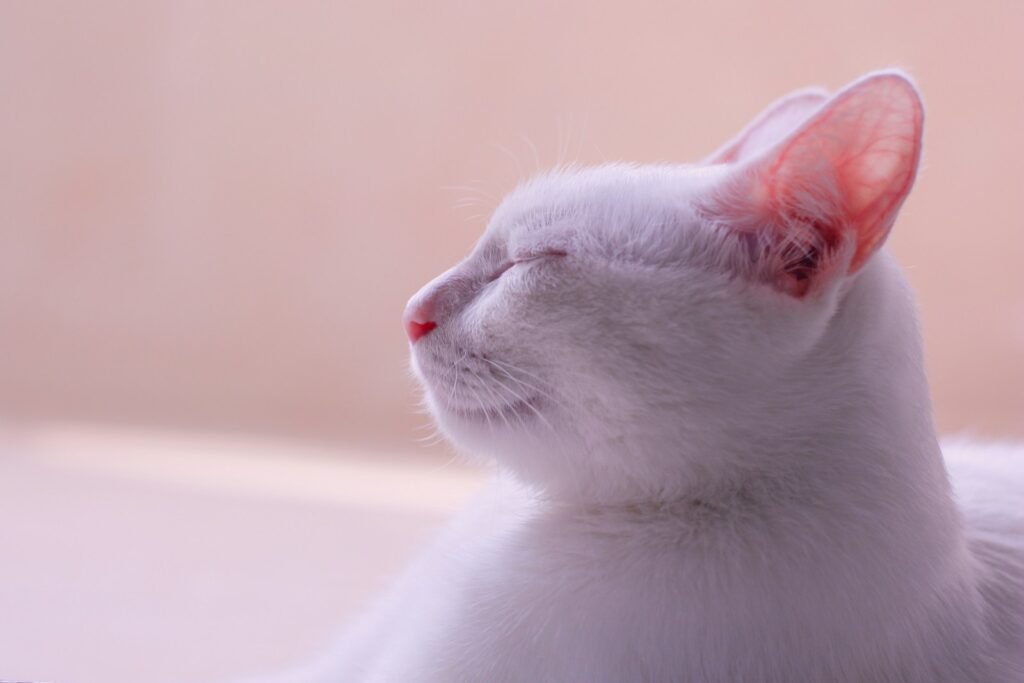
Today, cats continue to inspire a myriad of artistic expressions, particularly in digital media. They dominate cyberspace as viral memes and digital artworks, embodying humor, satire, and relatability. Platforms like Instagram and Pinterest showcase endless cat-themed creations—from GIFs to animations—demonstrating the enduring influence of feline figures in shaping contemporary digital art and pop culture.
Cats have traversed across centuries not merely as passive subjects but as active participants in shaping artistic perceptions. Their innate elegance, mysticism, and accessibility ensure that they remain forever etched in the canvas of human creativity.
Hi, I’m Bola, a passionate writer and creative strategist with a knack for crafting compelling content that educates, inspires, and connects. Over the years, I’ve honed my skills across various writing fields, including content creation, copywriting, online course development, and video scriptwriting.
When I’m not at my desk, you’ll find me exploring new ideas, reading books, or brainstorming creative ways to solve challenges. I believe that words have the power to transform, and I’m here to help you leverage that power for success.
Thanks for stopping by, Keep coming to this website to checkout new articles form me. You’d always love it!






